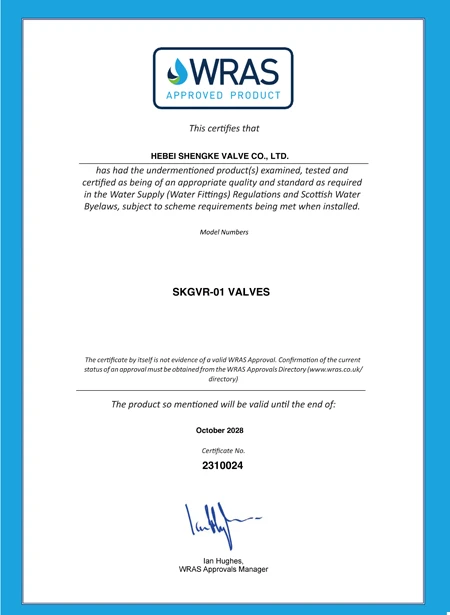Oct . 14, 2024 17:00 Back to list
Understanding the Functionality and Applications of Gate Valves in Plumbing Systems
Understanding Gate Valves The Essential Component in Fluid Control Systems
Gate valves are a crucial component in various industrial applications, particularly in the fields of water supply, oil and gas, and chemical processing. As part of a broader category of valves, gate valves are specifically designed to allow or block the flow of fluid through a pipeline. Their unique design and operation make them indispensable in managing fluid movement efficiently and effectively.
Structure and Design
Gate valves consist of a valve body, a gate, and a mechanism for operating the gate. The body is typically constructed from durable materials such as cast iron, stainless steel, or carbon steel, chosen for their strength and resistance to corrosion. Inside the valve, the gate, which is flat and often made of various alloys, moves up and down to either permit or obstruct the flow of fluid. The operation of the gate valve is often controlled through a handwheel or an actuator, allowing for manual or automated control of the valve.
One of the most significant features of gate valves is their ability to create a straight line of flow when fully open, minimizing pressure drop and turbulence. This aspect makes them ideal for applications where a straight flow path is critical, such as in pipelines transporting water or hydrocarbons.
Functionality
Gate valves operate using a simple mechanism when the gate is raised, fluid flow is allowed; when the gate is lowered, flow is stopped. This on/off functionality distinguishes gate valves from other types of valves, such as globe valves, which are more suited for throttling or regulating flow. However, it's essential to note that gate valves are not designed for flow regulation. Instead, they work best in applications where the valve is either fully open or fully closed.
Advantages of Gate Valves
gate valve

1. Minimal Pressure Drop When fully open, gate valves provide low resistance to flow, which results in a minimal pressure drop across the valve. This feature is particularly important in applications requiring high flow rates.
2. Compact Design Gate valves typically have a smaller footprint compared to other valve types, making them suitable for installations where space is limited.
3. Durability With proper maintenance, gate valves can operate effectively for many years. This long lifespan is crucial for industries that rely on continuous operations.
4. Versatility Gate valves can handle various fluids, including water, oil, and gases, making them a versatile choice for different applications.
Applications
Gate valves find application in numerous sectors. In the municipal water supply systems, they are used to control the flow of drinking water and are essential for emergency shut-off situations. In the oil and gas industry, they regulate the flow of crude oil and natural gas in pipelines, ensuring safety and efficiency. Additionally, gate valves are integral to various chemical processing plants, where controlling the movement of corrosive or hazardous materials is vital for both operational safety and environmental protection.
Conclusion
In summary, gate valves play a critical role in ensuring the smooth and efficient operation of fluid control systems across various industries. Their ability to provide a straight flow path, coupled with their durability and minimal pressure drop, makes them an optimal choice for applications requiring reliable on/off control. As technology advances, the design and materials used in gate valves will continue to evolve, enhancing their performance and expanding their applications. Understanding the functionality and benefits of gate valves is essential for engineers and operators in selecting the right valve for their specific needs, ensuring safety and efficiency in fluid handling systems. Whether in water treatment plants or oil refineries, gate valves are a testament to effective engineering solutions in fluid management.
Share
-
Reliable Wafer Type Butterfly Valves for Every IndustryNewsJul.25,2025
-
Reliable Flow Control Begins with the Right Ball Check ValveNewsJul.25,2025
-
Precision Flow Control Starts with Quality ValvesNewsJul.25,2025
-
Industrial Flow Control ReliabilityNewsJul.25,2025
-
Engineered for Efficiency Gate Valves That Power Industrial PerformanceNewsJul.25,2025
-
Empowering Infrastructure Through Quality ManufacturingNewsJul.25,2025